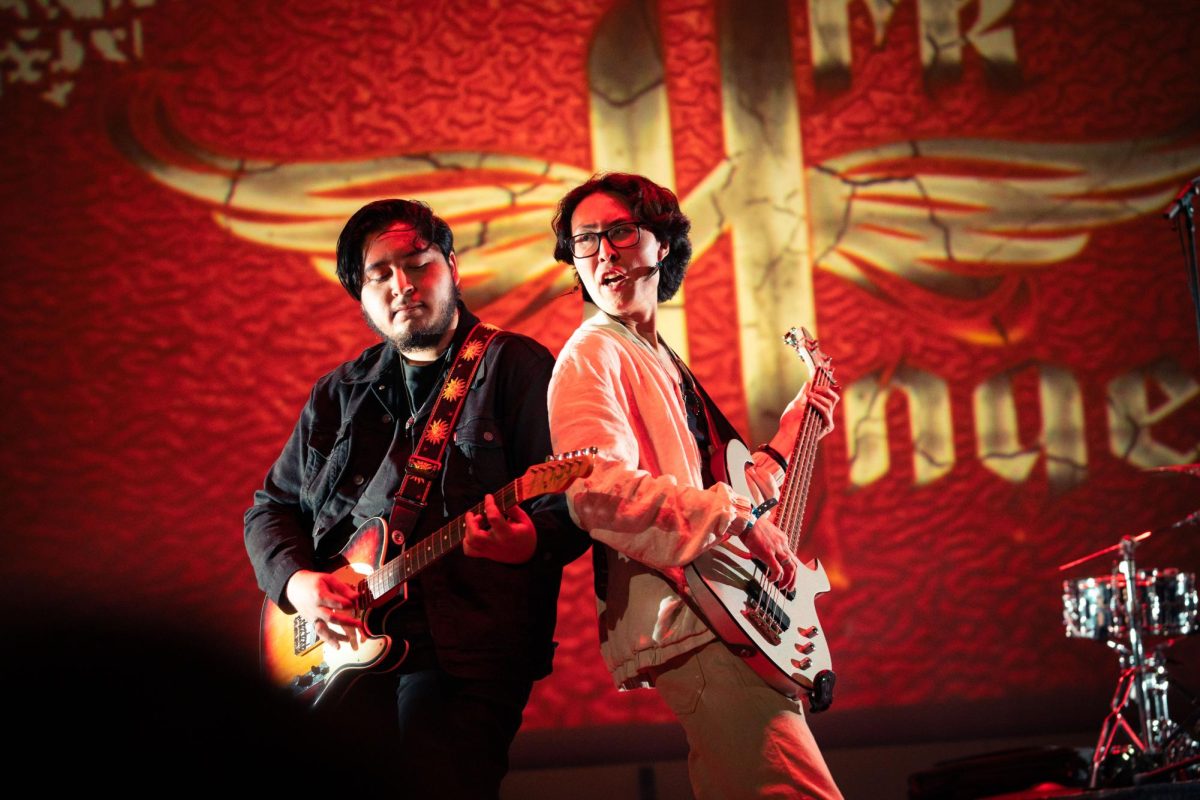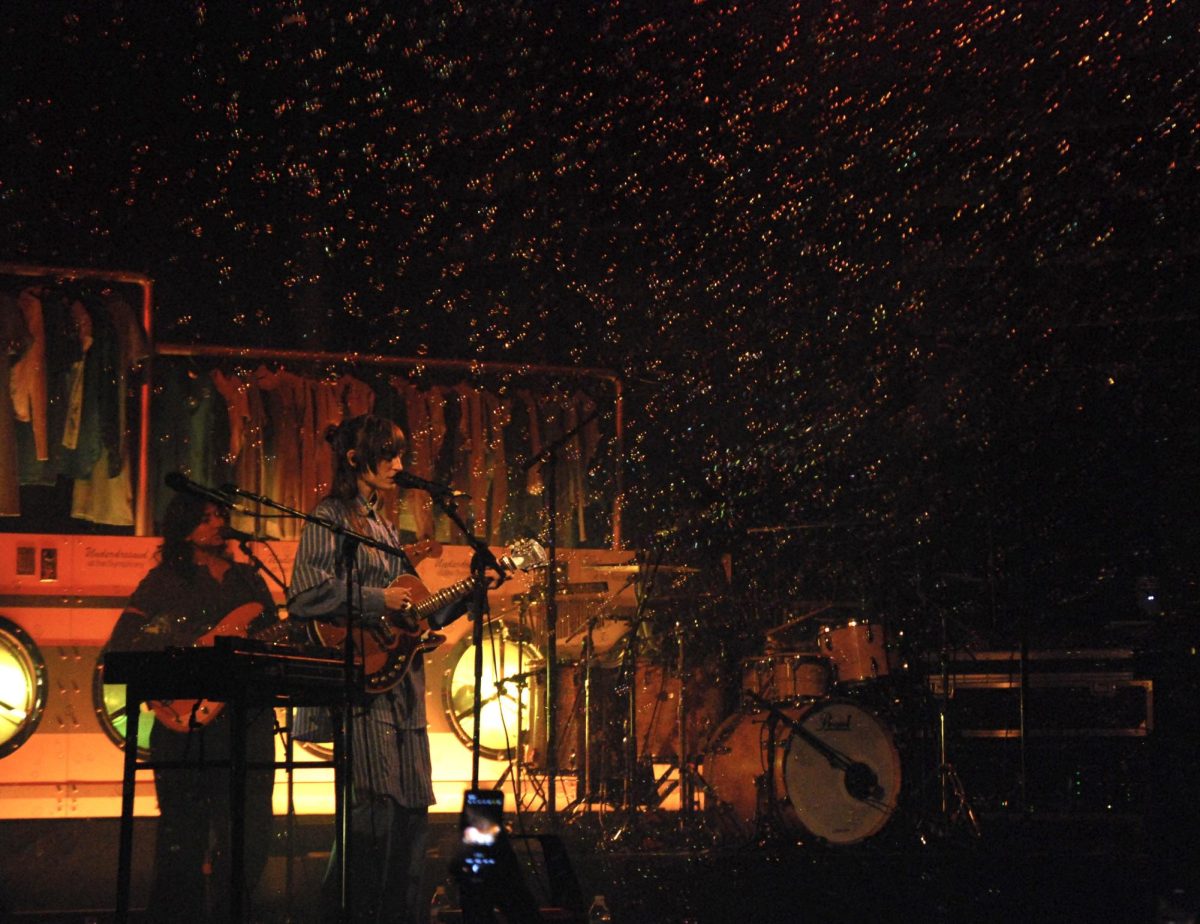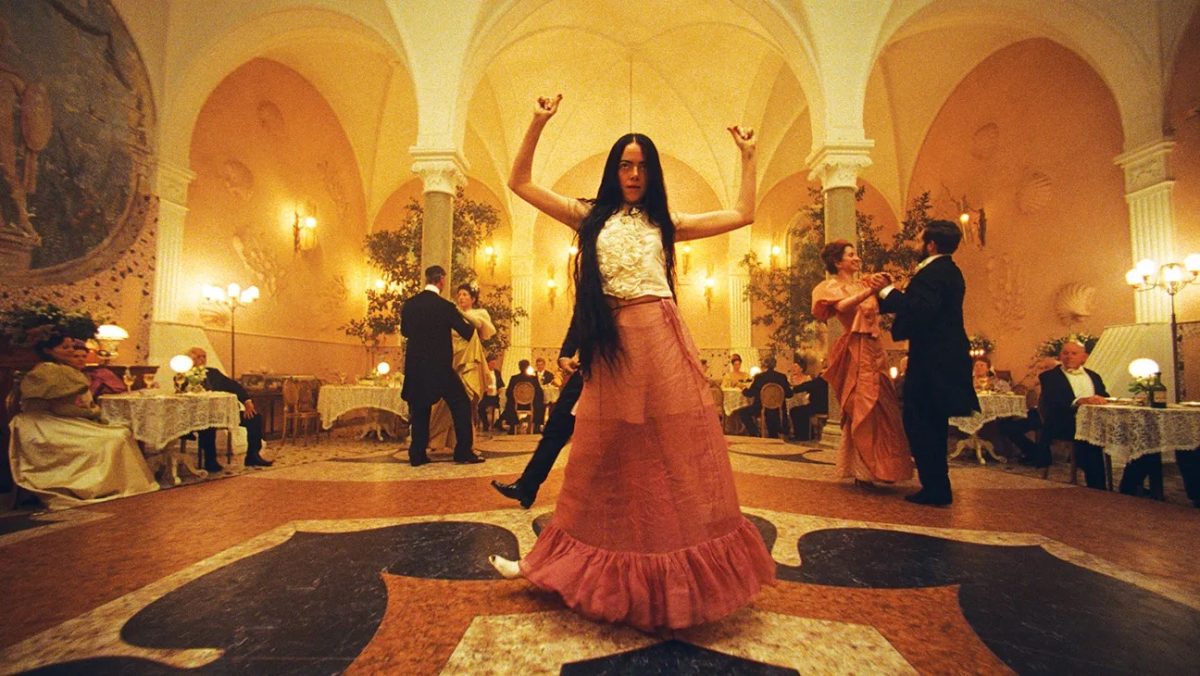With the holiday season approaching, it is important to realize that not all cultures ring in the new year by decorating a dead tree and leaving milk and cookies for an overweight burglar in a red jumpsuit. In fact, our neighbors just south of the border have a very different way of celebrating Christmas and the new year.
While Christmas in the United States is generally celebrated on Dec. 25, the Mexican holiday celebration stretches from Dec. 16 to Jan. 6. It is not uncommon for many Mexicans to take the two weeks before Christmas off of work or school in order to spend more time with family and friends and to celebrate the holiday, according to http://www.mexonline.com.
The Posadas are one of the best-known holiday traditions in Mexico. There is one held each night for the nine nights prior to Christmas Eve. While the literal translation of “”posada”” is “”home,”” “”shelter”” or “”inn,”” the Posadas are dramatized re-enactments of Saint Joseph and the Virgin Mary’s search for a place to stay and give birth to the baby Jesus.
In older celebrations of the Posadas, a young boy and girl were chosen to represent the two biblical figures. In modern celebrations, groups of people walk around with candles. They visit three houses and ask for a place to stay by singing a traditional question-and-response song. The first two houses deny them access, while the third house welcomes the group inside for festivities.
When the group is finally welcomed into the third house, it gathers around a manger scene and offers songs of welcome called Ave Marias.
While the more religious celebrators of the Posadas may pray when the third house lets them in, the event has evolved into a party. The festivities usually include refreshments and dancing. The adults are served a thick punch that usually contains a little alcohol to keep out the cold.
Often, the party also includes a pinata, which is very popular among children. The pinata is filled with candy and toys, and is usually hung from a tree.
The celebration is said to have originated in 1587, according to the Internet system of the presidency of Mexico, located online at http://world.presidencia.gob.mx. According to the Web site, it was then that Friar Diego de Soria obtained a Papal Bull from Pope Sixtus V to celebrate “”Aguinaldo,”” the Christmas gift Masses that ran from Dec. 16 through Dec. 24 in what was New Spain.
The Masses, which were held in the church atriums and designed to convert patrons before Christmas, were filled with scenes that alluded to Christmas. The Augustinian missionaries used fireworks, sparklers, Christmas carols and pinatas to attract crowds. These festive celebrations evolved into the modern celebration.
The ritual is continued until Christmas Eve, when another verse is added to the Ave Marias that tells the Virgin Mary that the night has come to give birth to baby Jesus. The children are dressed as shepherds and stand beside the nativity scene while members of the company kneel and sing. The ritual is concluded by rocking the baby Jesus to sleep with the cradle song “”El Rorro,”” which means “”Babe in Arms.””
After the last of the Posadas, worshippers go to church to attend the “”Misa de Gallo”” or the “”Mass of the Rooster.”” This is the first Mass of Christmas Day and is traditionally celebrated with fireworks, ringing bells and blowing whistles to announce the birth of Jesus.
The Mass is followed by a large dinner of traditional Mexican foods, including tamales, rice, rellenos, atole (a sweet traditional drink) and medudo, which is said to be more sobering than a strong cup of coffee.
Celebration of the holiday on Christmas Day itself also differs from the American celebration. While Americans traditionally celebrate the day with a Christmas tree and presents, Mexicans usually do not do anything special on Dec. 25. However, recent trends have Mexicans integrating the American celebration of Christmas trees and Santa Claus into their traditional celebrations.
In Mexican tradition, presents are not distributed until Jan. 6, the Dia de Reyes, which means the “”Day of the Kings.”” This day, also called the Epiphany, is supposed to coincide with the twelfth night of Christmas. This is the day on which it is believed the three wise men brought gifts to Jesus.







